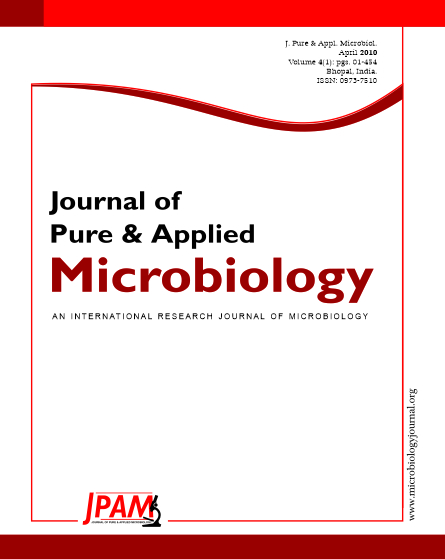In the present investigation, 11 species of fungi were isolated from a leather industry effluent and they were testified with reference to their potential biodegradation of the same effluent. Among the isolated fungal isolates, Aspergillus niger was found to be the most efficient one as it exhibited the higher rate of degradation when it was exposed with different type of leather industry wastes before and after sterilization. For the confirmation of optimum incubation period for such efficient degradation by A.niger, all experiments were carried out in triplicates with three different intervals viz; 5, 10 and 15 days and the maximum degradation potential was observed after 15 days of incubation. Except dissolved oxygen, all other physico-chemical parameters showed a notable reduction when compared to control. The BOD and COD level were reduced significantly in 15 days. When compared to unsterilized the sterilized effluent treated with Aspergillus sp showed better removal of organic and inorganic pollutants in the samples tested.
Aspergillus sp., Leather industry effluent, Water quality parameters
© The Author(s) 2010. Open Access. This article is distributed under the terms of the Creative Commons Attribution 4.0 International License which permits unrestricted use, sharing, distribution, and reproduction in any medium, provided you give appropriate credit to the original author(s) and the source, provide a link to the Creative Commons license, and indicate if changes were made.


